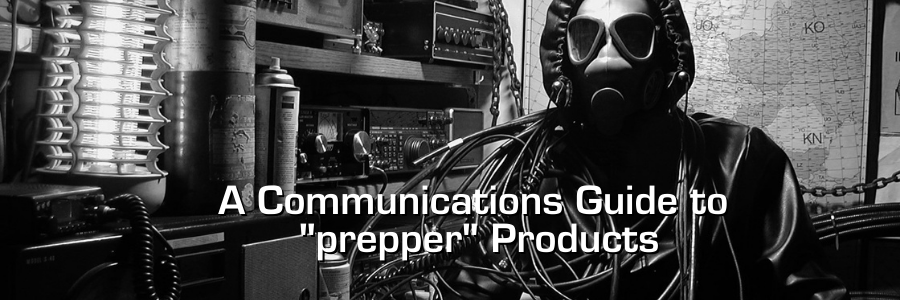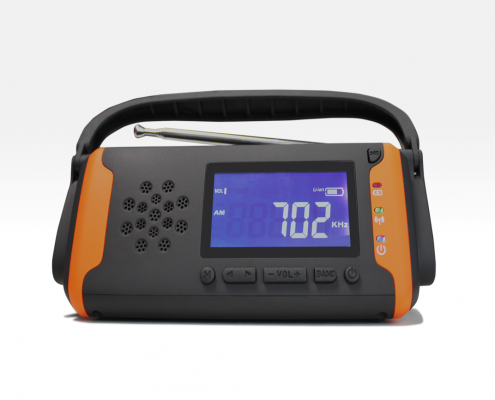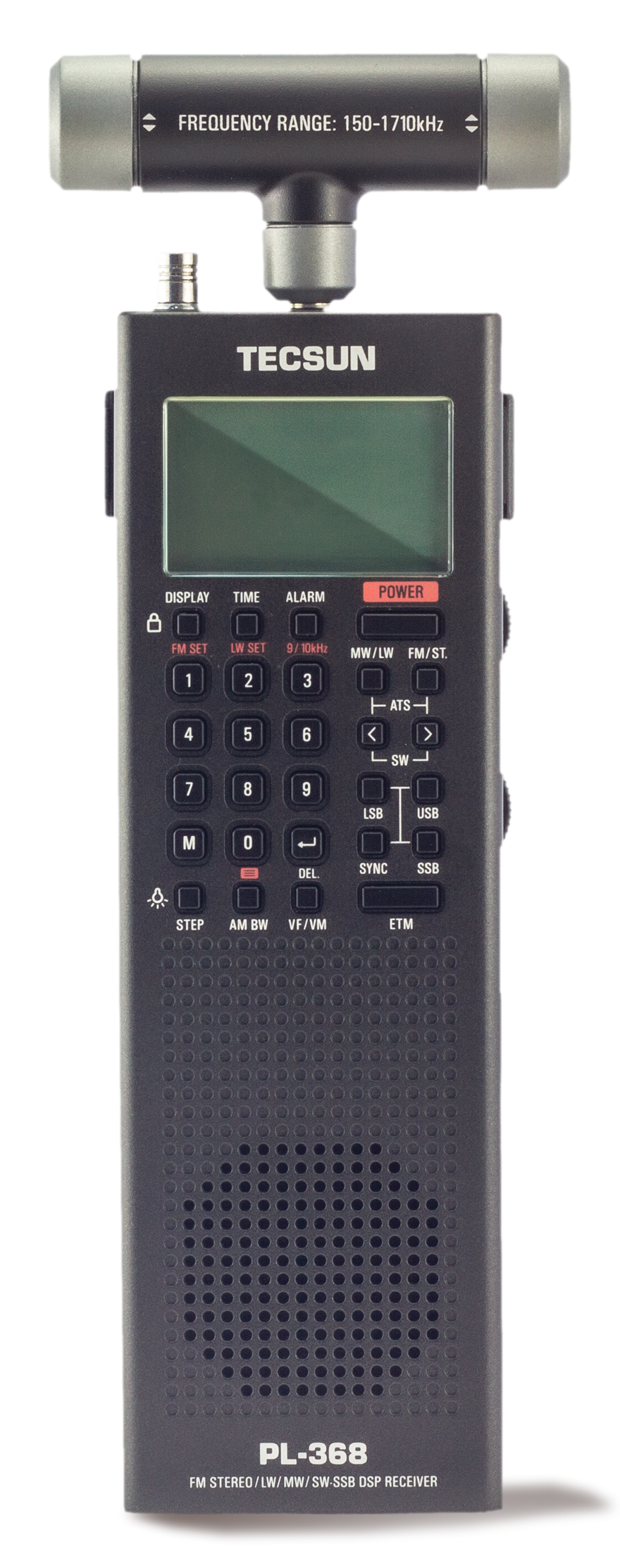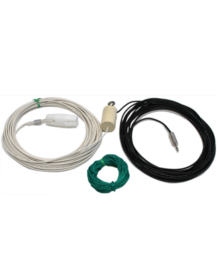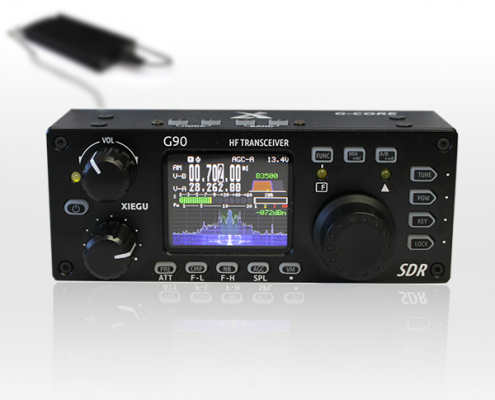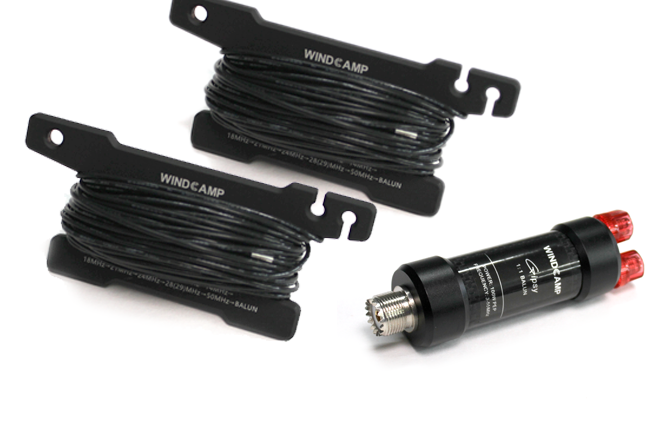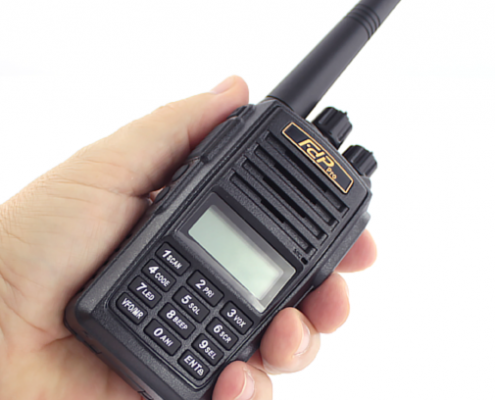Here is my equipment list, to comfortably “survive” the next disaster.
1 – An emergency radio receiver. Apart from the obvious advantage of being able to listen to the local radio stations, this model also covers the shortwave bands, allowing access to broadcasts directly from around the world. The emergency radio features a solar panel and dynamo crank to ensure power is always available. It has a torch, personal locator siren, and USB charging capability for other USB powered devices.
2 – A communications receiver, capable of receiving SSB transmissions. This means you will be able to listen to shortwave stations, weather reports, amateur radio operators, 4WD networks and utility services. There are several receiver models in the range, such as PL-368 . This model is both lightweight and inexpensive.
3 – Shortwave antenna. Even a 10m shortwave antenna would be better than nothing, but our Outdoor MW/SW antenna with matching balun is really what is required.
4 – If you are a licensed amateur radio operator, of Xiegu G-90 lends itself perfectly to emergency communications. It covers all the HF amateur bands and has fully adjustable RF power output to help conserve your emergency 12 volt battery power. Match it with our HF dipole antenna
5 – A handheld UHF CB transceiver. This is an essential item for keeping in touch with neighbours, and the wider radio community. In rural locations all RFDS brigades use UHF CB, as do most farmers. There is a dedicated Emergency channel (Repeater Channel 5) and a road safety channel (Channel 40) when travelling in highways. In the cities there are multiple repeaters allowing us to communicate in an emergency.
Equipping ourselves with some, or all of the above equipment will certainly make an isolating experience more enjoyable, and in the event of a more serious disaster, could make the difference between life and death.



